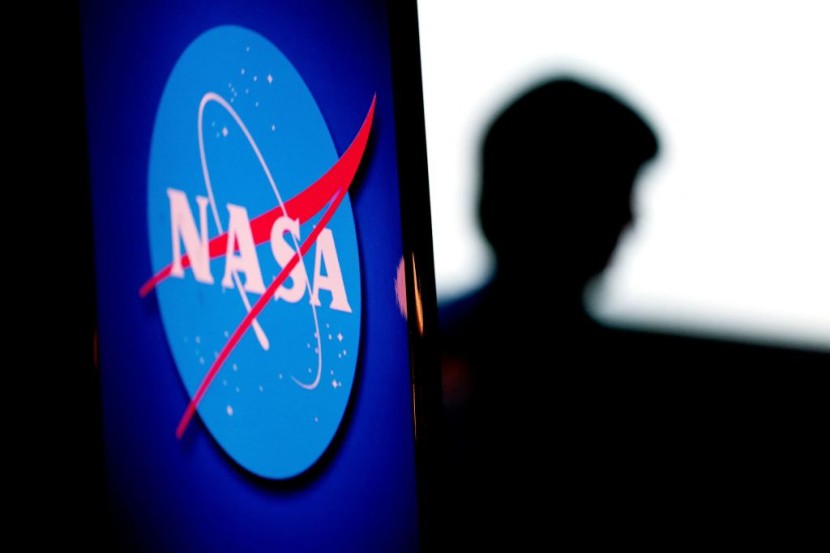
Firefly Aerospace delays its launch of a batch of NASA CubeSats to an August target
The small launch company disclosed the new target window in a recent filing with the US Federal Communications Commission
A representative for Firefly said that the company was already wrapping up final preparations for Victus Nox
Firefly Aerospace is delaying the launch of a batch of NASA CubeSats that was previously scheduled for July and is now set for an August target.
The small launch company disclosed the new target window in a recent filing with the United States Federal Communications Commission. However, Firefly did not provide additional details regarding the reason for the slip in response to an inquiry.
Firefly Sets August Target for Launch of NASA CubeSats
But a representative for Firefly Aerospace did note that the company was already wrapping up final preparations for Victus Nox. This is a "responsive space" mission for the United States Space Force (USSF) and the company seeks to set an exact launch date for the NASA mission after the completion of Victus, as per TechCrunch.
This means that Firefly, which has only launched twice since it was founded as Firefly Space Systems in 2014., will soon attempt two launches within months of each other. The NASA mission is part of a massive $9.8 million contract that the small launch company won in December 2020 under the space agency's Launch Services Program.
The launch of several CubeSats to a 550-kilometer sun-synchronous orbit (SSO) will be brought by the Venture Class Launch Services Demonstration 2 (VCLS Demo 2). The contracts of VCLS allow launch vehicles to demonstrate their capabilities by carrying payloads that have a higher risk tolerance.
The August launch will be Firefly's fourth mission using its Alpha rocket and the company launched it for the first time back in September 2021. However, that particular launch ended in failure after a premature shutdown of one of the rocket's first-stage engines.
NASA's Continued Space Endeavor
The mission comes after the final pair of NASA's Time-Resolved Observations of Precipitation Structure and storm Intensity with a Constellation of Smallsats (TROPICS) traveled to orbit. The constellation was completed after the successful launch on May 26, according to NASA.
The part of TROPICS launched onboard an Electron rocket from Rocket Lab's Launch Complex 1 Pad B in Mahia, New Zealand. Officials deployed the smallsats at roughly 12:20 a.m. on May 26 and the signal for the first CubeSat was acquired at 1:16 a.m. and the second was acquired a little more than an hour later at 2:19 a.m.
NASA's TROPICS was originally designed as a six-satellite constellation and the first pair launched onboard an Astra Rocket 3.3 in June 2022. The mission was part of a three-launch contract that was valued at almost $8 million. However, the rocket failed to reach orbit when its upper stage ran out of kerosene fuel and prematurely shut down.
The company subsequently retired the Rocket 3.3, which forced NASA to search for a new way to bring its remaining four satellites into orbit. This led them to partner with Rocket Lab in November 2022, said Space News.
© 2025 HNGN, All rights reserved. Do not reproduce without permission.








